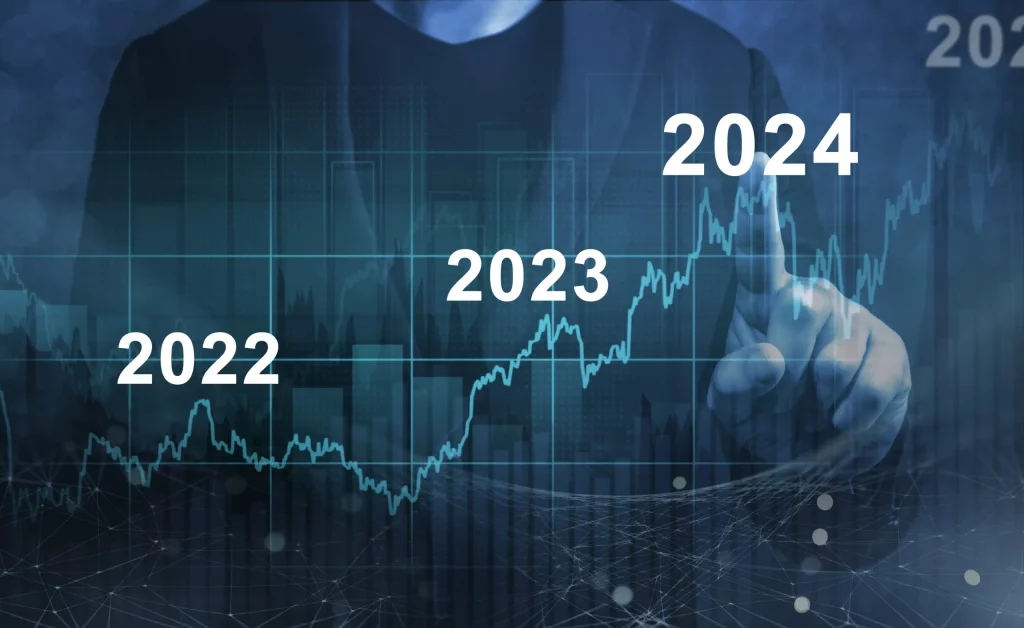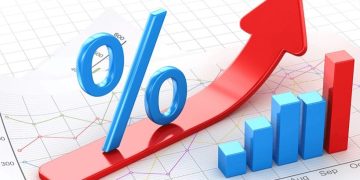Introduction
The third quarter of 2024 saw a striking surge in social media activity surrounding commodity futures, driven primarily by escalating geopolitical tensions across several key regions. Tweets and posts related to crude oil, natural gas, and precious metals futures increased by 50% compared to the previous quarter, coinciding with a sharp rise in price volatility across these markets. This phenomenon raises a critical question: do social media sentiments accurately reflect the underlying geopolitical risks impacting commodity futures, or do they exaggerate market fundamentals, contributing to speculative excess and unnecessary price swings? Understanding the extent to which social media discourse mirrors or distorts real-world geopolitical developments has important implications for traders, policymakers, and risk managers navigating increasingly complex global markets.
Social Media Surge Amid Heightened Geopolitical Risk
In Q3 2024, several flashpoints drove investor attention and social media engagement. Conflicts in Eastern Europe persisted with renewed hostilities impacting energy supply routes. The Middle East saw escalating tensions between regional powers, triggering fears of supply disruptions in oil markets. Additionally, renewed sanctions and trade restrictions targeting key commodity exporters heightened uncertainty. These events generated an unprecedented volume of online discussions, with commodity-related hashtags trending on platforms such as Twitter, Reddit, and LinkedIn.
Quantitatively, data analytics firms tracking social sentiment measured a 50% quarter-over-quarter increase in commodity futures-related posts. Crude oil futures dominated the conversation, accounting for nearly 60% of all mentions, followed by metals such as gold and copper. Sentiment analysis indicated a predominance of negative and fearful tones, often correlating closely with spikes in price volatility indices like the CBOE Crude Oil Volatility Index (OVX), which surged 40% during the quarter. This correlation suggests that social media chatter was not merely noise but echoed heightened investor concerns tied to geopolitical instability.
Impact on Commodity Market Volatility and Speculation
The amplified social media sentiment coincided with increased speculative activity in commodity futures markets. Trading volumes in oil and metals futures grew by 15-20% in Q3, with hedge funds and retail investors contributing to rapid intraday price swings. The increased participation driven by sentiment indicators and real-time social media monitoring tools created feedback loops, where negative news amplified fears, triggering further selling or hedging. For example, key geopolitical announcements often triggered immediate spikes in tweet volumes, followed by rapid price adjustments in futures contracts.
This dynamic raised concerns about market efficiency and whether prices were increasingly driven by sentiment rather than fundamental supply-demand factors. The volatility transmitted to related asset classes as well, including energy equities and currency pairs tied to commodity-exporting nations. For instance, the Russian ruble and Saudi riyal saw wider intraday fluctuations correlating with social media sentiment shifts. Central banks and policymakers voiced concern over the risk of contagion to broader financial markets due to sentiment-driven commodity price swings.

Contrasting Views on Social Media Sentiment’s Role
International relations experts argue that social media sentiment provides a real-time barometer of geopolitical risk, supplementing traditional intelligence sources. They emphasize that increased discourse around commodity futures reflects genuine investor anxiety in response to credible threats to supply chains and trade routes. According to Dr. Elaine Thompson, a geopolitical analyst at the Global Strategic Institute, “Social media captures the immediate pulse of market participants reacting to unfolding events, offering valuable insights into risk perception that can precede price movements.”
On the other hand, many economists caution against overreliance on social media sentiment as a predictor of fundamental market trends. They contend that the viral nature of online content can amplify fears disproportionately, causing price volatility that is not justified by actual supply-demand shifts. Professor Mark Liu, an economist specializing in commodity markets, notes, “While geopolitical tensions do impact fundamentals, the social media-driven feedback loop can distort rational price discovery, especially when short-term traders base decisions on sentiment signals rather than thorough analysis.”
Empirical research supports this divergence. Studies examining social media sentiment and commodity price correlations over multiple quarters find that while sentiment spikes often precede volatility surges, their predictive power on long-term price trends remains limited. In other words, social media can act as a short-term amplifier but not necessarily as a reliable indicator of sustained market direction.
Broader Implications for Market Participants and Policymakers
The intertwining of geopolitical events, social media sentiment, and commodity futures volatility highlights the evolving landscape of financial markets where information dissemination and investor psychology play crucial roles. For traders, integrating social sentiment analytics with traditional fundamental analysis offers enhanced situational awareness but demands caution to avoid knee-jerk reactions to viral narratives. Portfolio managers may increasingly incorporate sentiment risk into their models to hedge against sudden swings.
Regulators and policymakers face the challenge of balancing market transparency with preventing excessive speculation fueled by sentiment contagion. Some have proposed enhanced monitoring of social media-driven trading activity to identify potential manipulation or misinformation that could destabilize markets. Furthermore, central banks of commodity-exporting nations are closely monitoring currency volatility linked to sentiment shifts, adjusting monetary policy tools as needed to maintain financial stability.
The interplay also raises questions about the broader role of digital platforms in shaping market dynamics. Social media democratizes information but can accelerate misinformation and herd behavior. Market education and improved data literacy among retail investors become increasingly important to mitigate sentiment-induced risks.
Conclusion
The surge in commodity futures-related social media sentiment during Q3 2024 closely mirrored heightened geopolitical tensions, contributing to increased market volatility and speculative activity. While social sentiment provides timely insights into investor risk perception, experts debate whether it accurately reflects fundamental market changes or amplifies short-term noise. The reality likely lies in a nuanced balance: social media acts as both a barometer of real risks and a catalyst for sentiment-driven price swings. For market participants and regulators alike, understanding and managing the dual-edged impact of social media sentiment is essential in navigating the complex geopolitical and financial landscape shaping commodity markets today.









































